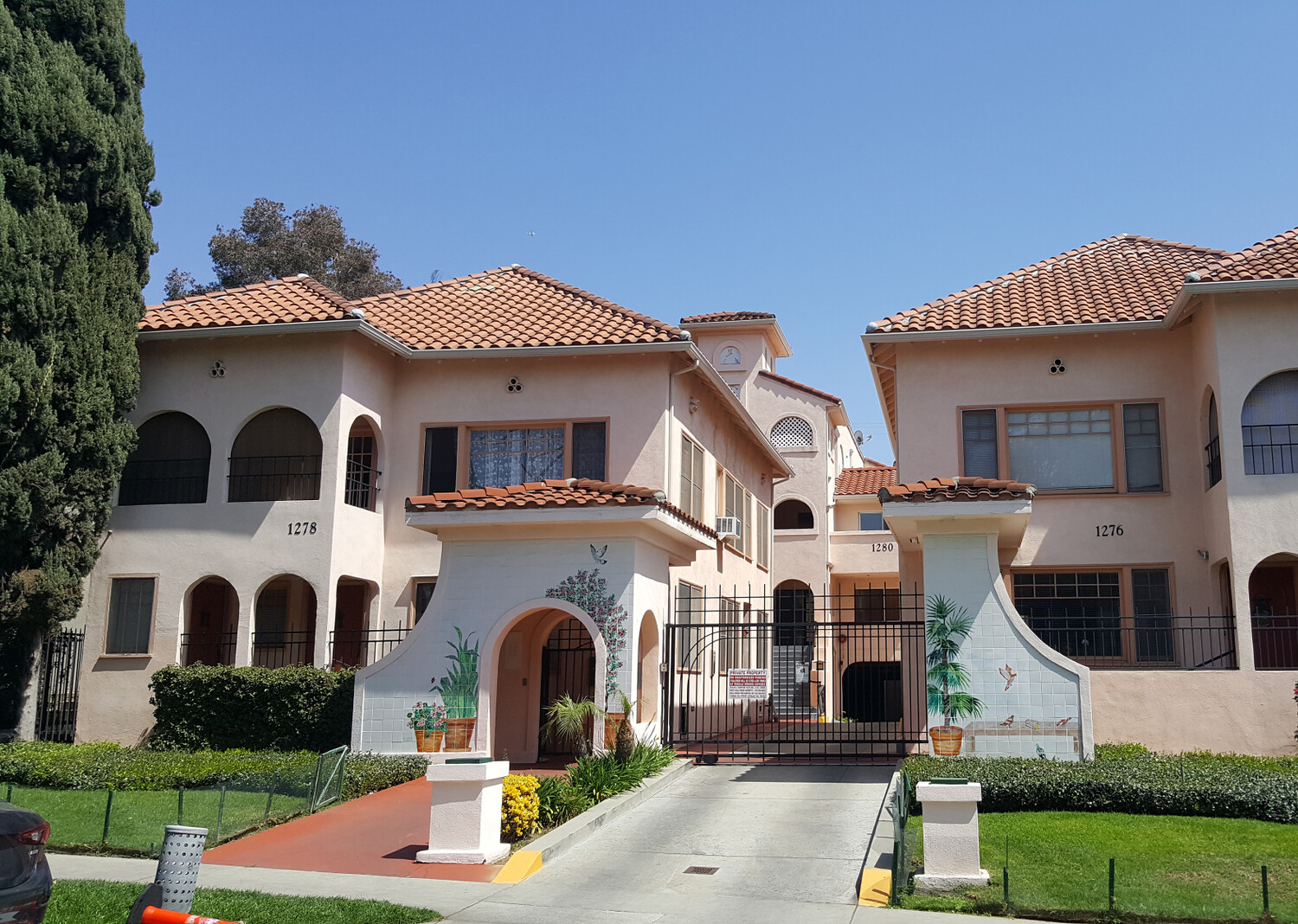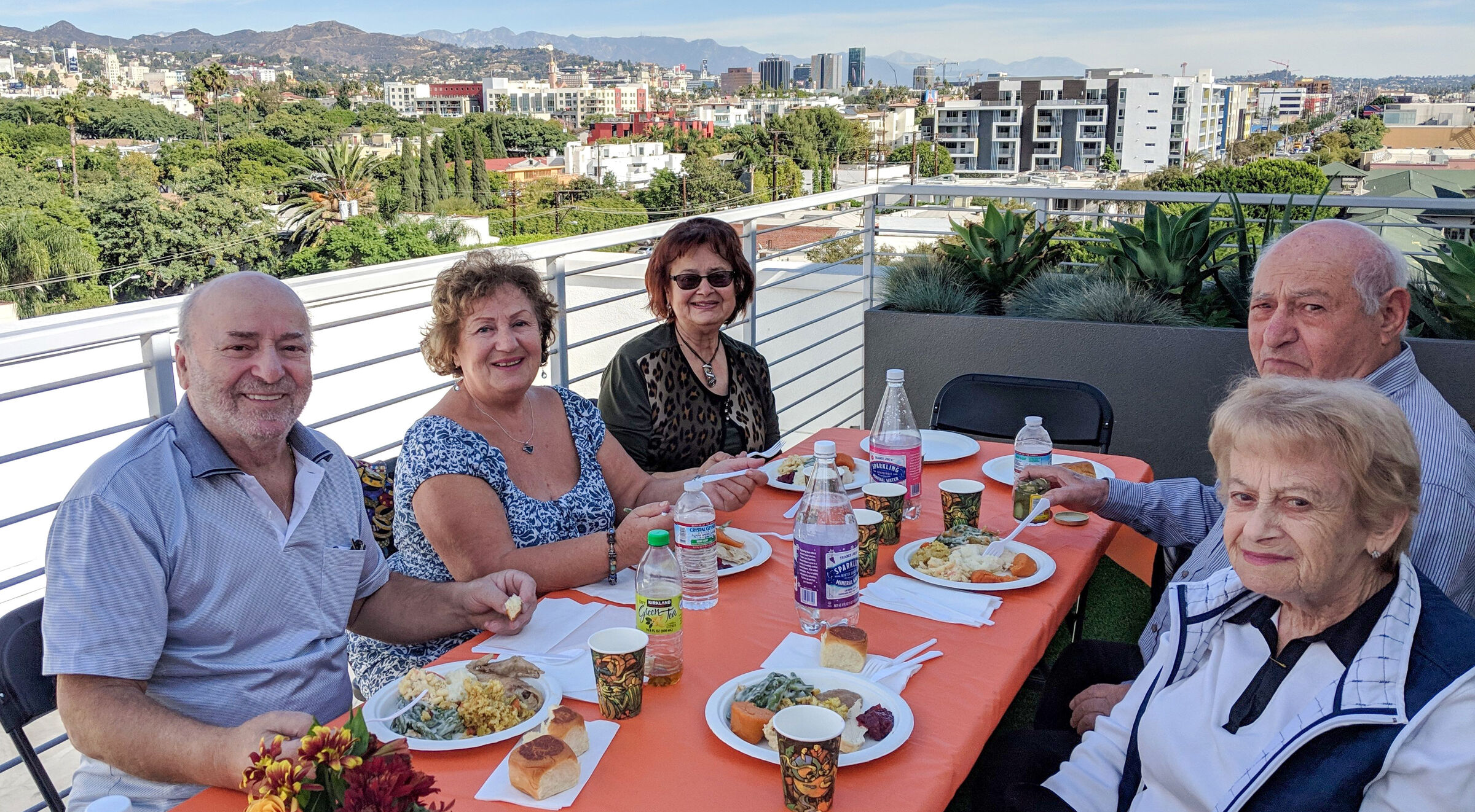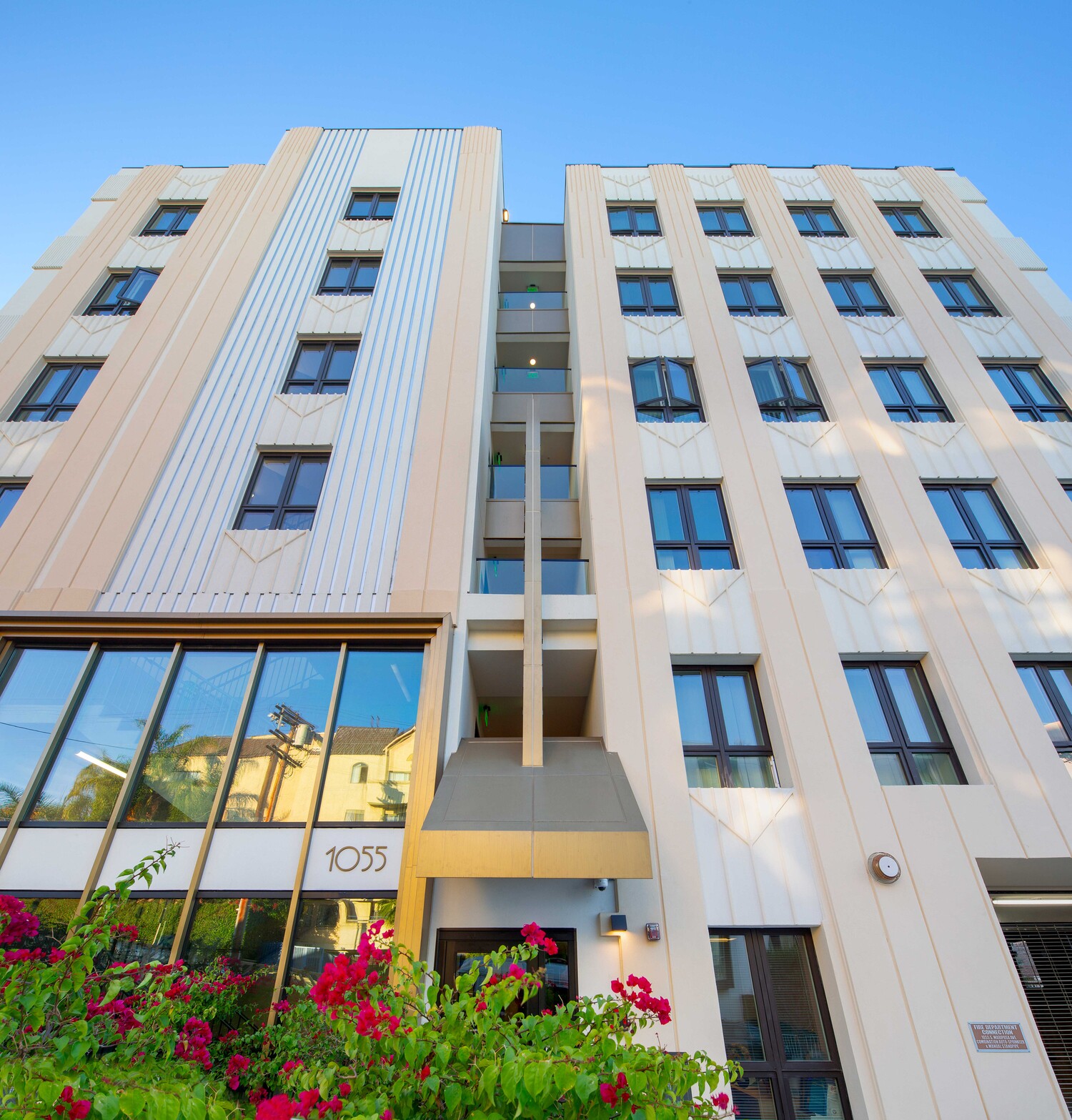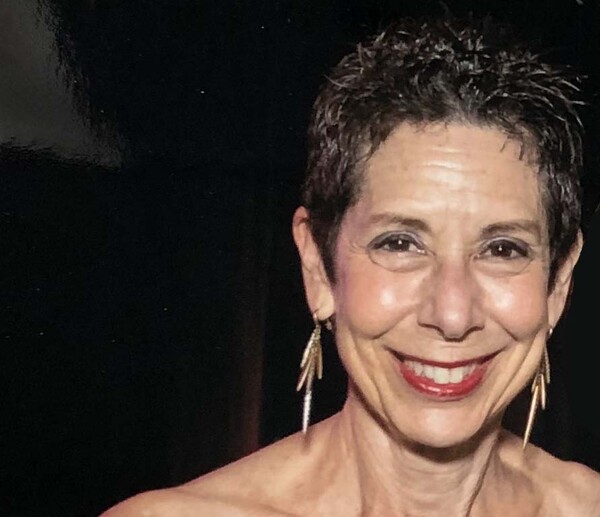
HARPER AVENUE
ORIGINS
The history of West Hollywood Community Housing Corporation (WHCHC) is closely tied to the history of the City of West Hollywood itself. In the early 1980s, the area that is now West Hollywood was part of unincorporated Los Angeles County. A coalition of senior and LGBT residents, concerned by rapid development, anxious about the imminent expiration of Los Angeles County’s rent control law and troubled by the possibility of annexation to the City of Los Angeles, spearheaded a movement to independent cityhood. In 1984, City of West Hollywood was incorporated.
The newly elected West Hollywood City Council formed a task force of seven graduate students from the UCLA Graduate School of Architecture and Urban Planning to develop a blueprint housing policy for the new city. This task force’s recommendations included adopting an inclusionary housing ordinance and creating a community housing development organization. And so WHCHC was formed in 1986.



